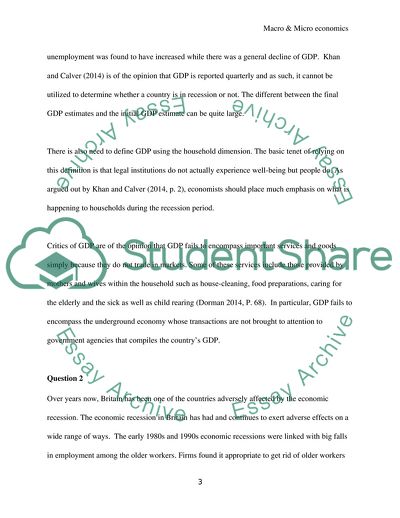Cite this document
(Economics Essay Example | Topics and Well Written Essays - 3000 words - 8, n.d.)
Economics Essay Example | Topics and Well Written Essays - 3000 words - 8. https://studentshare.org/macro-microeconomics/1881604-economics
Economics Essay Example | Topics and Well Written Essays - 3000 words - 8. https://studentshare.org/macro-microeconomics/1881604-economics
(Economics Essay Example | Topics and Well Written Essays - 3000 Words - 8)
Economics Essay Example | Topics and Well Written Essays - 3000 Words - 8. https://studentshare.org/macro-microeconomics/1881604-economics.
Economics Essay Example | Topics and Well Written Essays - 3000 Words - 8. https://studentshare.org/macro-microeconomics/1881604-economics.
“Economics Essay Example | Topics and Well Written Essays - 3000 Words - 8”. https://studentshare.org/macro-microeconomics/1881604-economics.


